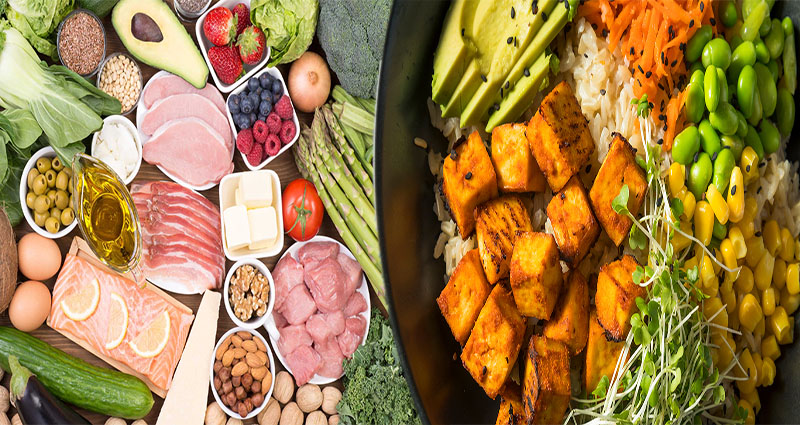If you have diabetes, you may be wondering what foods you should be eating to help manage your condition. There are several good foods to eat, including low-carb diets, fruit and chia seeds, and exercise. The guidelines for diabetes-friendly diets are outlined in the Palinski-Wade diet.
Low-carb diet
While low-carb diets may seem to provide the best results, there are some things that aren’t so great about them. For example, a low-carb diet can cause electrolyte imbalances and dehydration. The body uses carbohydrates for energy and stores them as water. A low-carb diet also decreases insulin production, which is necessary for glucose control. As a result, the kidneys expel water and sodium.
Although a low-carbohydrate diet isn’t for everyone, it can help those who suffer from diabetes manage their condition better. According to a recent study conducted by researchers at Boston Children’s Hospital, a low-carb diet can control blood sugar levels in both types of diabetes. While low-carbohydrate diets may not be the best solution for people with type 1 diabetes, they can help those with type 2 diabetes manage their condition without insulin.
Fruits
Aside from being low in calories, fruits can also help manage blood sugar. The dietary fiber and vitamin C found in citrus fruits promote satiety and help regulate blood sugar levels. However, some types of citrus fruit may interact with certain prescription medications, so you should always talk to your pharmacist before including them in your diet. Other fruits, such as apples, contain compounds called anthocyanins, which may help boost insulin levels and protect against diabetes.
Berries are another low-sugar, high-fiber food for diabetes sufferers. Berries, such as blueberries, contain anthocyanins, which help slow down the rise in blood sugar.
However, you should not consume fruit juices or cooked fruits, as this removes the fiber and can spike your blood sugar levels. Pomegranates, for example, have the highest antioxidant content of any fruit. This can help prevent future cell damage, such as those caused by free radicals.
Chia seeds
Chia seeds are high in omega-3 fatty acids and fibre, and may help people with diabetes manage their blood sugar levels. They are also low in digestible carbohydrates. Chia seeds also have anti-inflammatory properties, making them beneficial to people with diabetes. In addition, they are rich in antioxidants.
Chia seeds are also good for the heart. Studies have shown that they can lower blood pressure. However, some people may experience digestive problems if they consume them in large quantities. This is why it is important to check with your doctor before starting to consume chia seeds daily.
Exercise
Exercise has been touted as an effective way to control blood sugar levels, but there are a few precautions you should keep in mind before starting a workout. First, you should check your blood sugar levels before and after exercising. Also, you should eat a snack that will provide quick energy during and after your workout.
Moderate-intensity exercise helps burn calories and improve insulin sensitivity. Walking is a good option for people with diabetes, since it doesn’t require high- impact exercise or lifting weights. Swimming is another great option, since it requires low-impact activity and provides resistance training. It helps tone and strengthen muscles, but is gentle on joints. Walking gets the heart rate up without stressing the joints and is a great way to get out in nature.
Weight control
Eating a healthy diet is vital for people with diabetes. A healthy diet can lower blood sugar levels, lower blood pressure, and lower cholesterol. It can also improve mood and energy levels. Moreover, people who are overweight have a higher risk of developing heart disease, diabetes, and mental health disorders.
Dietary management for diabetics involves monitoring the amount of carbohydrates consumed in each meal. It is important to set a daily carb limit and work with your doctor or registered dietitian to stick to the plan. There are two basic methods to track carbohydrates: carb counting and the plate method. Both techniques help the diabetic eat the right amount of carbs at each meal.











